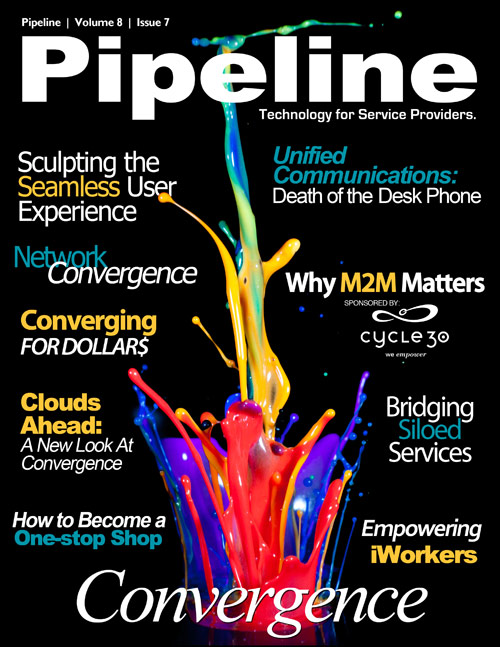A recent market study from ABI Research backs up AT&T's optimism. ABI predicts that 50 billion new M2M devices will appear in the next 10 years–and that contrasts to only 2 billion mobile phones deployed around the world today. ABI also forecasts that connectivity revenue alone for M2M will reach $12 billion in 2020.
In truth, M2M isn't a market itself–it's an enabler for dozens of markets and hundreds of unique business models in industries as diverse as health care, transportation, banking, energy, and digital signage.
What are some of these nascent M2M opportunities? Here's a brief look at three categories:
- e-Health Care - The most common theme for medical M2M is to have wearable medical devices that collect a person's vital stats, then push the data into the cloud where doctors and nurses can examine it. Here's another powerful app: If your 84 year old grandmother falls in her home, a device she wears signals an emergency response team to react. e-Healthcare will probably be slow to develop because of public safety issues. But once the lab tests and regulatory hurdles are cleared, you can bet that it will be a huge market.
- Automotive M2M - Every major auto manufacturer in the world is getting involved here. They know they need to have an embedded module in the vehicle to handle diagnostics, security and safety. M2M will double up by delivering both front-seat dashboard data plus backseat entertainment and comms. What's more, insurance companies will use GPS-equipped sensors to track driving habits and charge lower premiums to good drivers.
- M2M in the Home - In addition to automatically adjusting heating and air conditioning by sensing what rooms are in use, M2M will put your home's electronics and major appliances on a central monitoring and control system. One of the biggest hits is likely to be systems that track children for parents. One device manufacturer has built a GPS sensor module the size of an Orea cookie that parents of schoolchildren can tuck inside their backpacks for emergency location or simply monitoring their activity.
Why Partner Convergence is the Key to M2M Success
All of the device/service innovations on the drawing boards are tantalizing, but succeeding in M2M won't be easy. Above all, it requires telcos to warm up to new business models.
Telecoms have always made money by leveraging huge capital investments in networks and enhanced services that they had full control over. That strategy is still key, but with M2M, you will not have full control of the infrastructure.
Making the most of M2M requires a new kind of convergence–partner or ecosystem convergence. The telcos that survive and thrive ten years from now will be those who ditch their old operating model and adopt a new one that involves much more partnerships and collaboration. And that includes conversations with competitors in ways not seen before.
And if you think back, you'll understand why partnering is so important today. In fact, the key problem the telecom industry faces today–the commoditization and revenue squeeze by over-the-top (OTT) players–might have been avoided if telcos had properly leveraged their leadership position in wireless. Telecoms could have created their own partner ecosystem in mobile, but they didn't. Instead, Apple, a telecom industry outsider, came along and secured the necessary partnerships with mobile device experts (iPhone), the record labels (iTunes) and apps developers. The rest is history.









